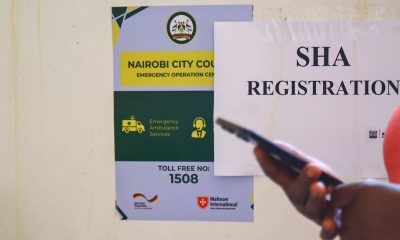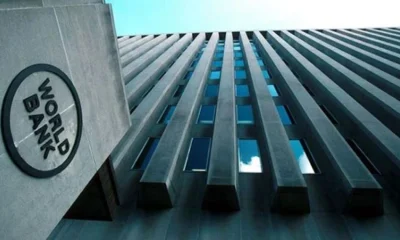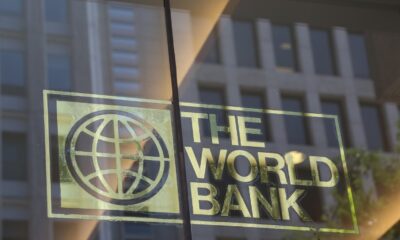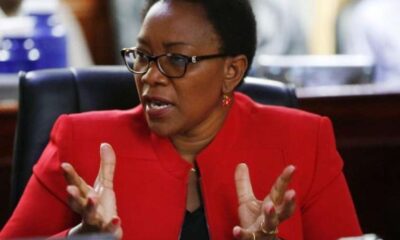Economy
World Bank Projects Kenya To Have The Worst Economic Performance In Recent Years
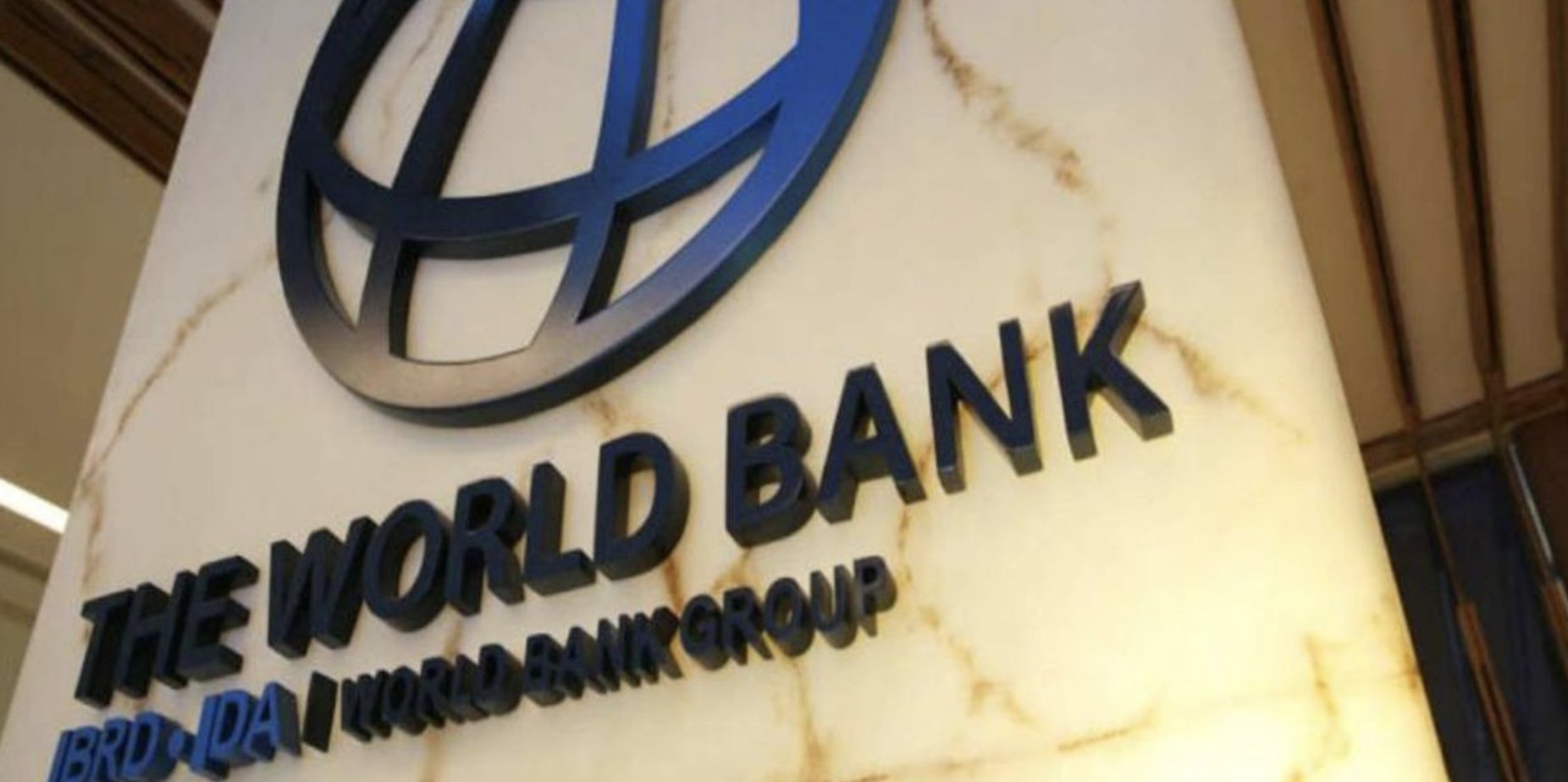
Kenya’s economy is projected to face its worst performance in recent years, with the gross domestic product (GDP) growth expected to slow to 4.7 per cent in 2024, which is slower than 2023’s growth of 5.6 per cent. This is closer to the country’s pre-pandemic average of 4.6 per cent recorded between 2011 and 2019.
According to the World Bank’s latest Kenya Economic Update structural imbalances remain major obstacles to achieving faster, sustained, and inclusive growth in Kenya. It says challenges experienced in 2024, including severe floods in April and subdued business confidence following mid-year protests, also contributed significantly to the GDP slowdown.
Additionally, the report points at reduced public spending, part of ongoing fiscal consolidation efforts as weighing heavily on headline growth.
The 30th edition report by the Bretton Woods institution notes that while the agricultural and services sectors remain resilient, they are decelerating and there are risks of further slowing. In the short term, the slowdown has been driven by various factors such as a tighter macroeconomic policy framework.
Industry has been losing momentum, with weaker housing demand amid high interest rates slowing the construction sector.
“Government expenditure grew, with a large portion of revenue allocated to debt servicing, leaving little room for social and developmental spending. This ongoing fiscal pressure continues to hinder the government’s ability to reduce the deficit and achieve long-term fiscal sustainability,” the report states. It recommends acceleration of Kenya’s structural reform agenda considering its fiscal constraints.
Higher interest payments
Despite a projected primary surplus in financial year 2024/25, higher interest payments have kept net financing needs at elevated levels. The report indicates that there has been limited room for external borrowing and domestic government borrowing has also increased, pushing interest rates up and crowding out private sector borrowing.
While the government has made efforts to shift towards concessional external loans and longer-term domestic securities to manage refinancing risks, debt servicing costs continue to be high and rising. This has placed additional pressures on fiscal space and limiting resources available for essential public services.
“To manage its high risk of debt distress, fiscal consolidation remains important for Kenya. But fiscal consolidation must be equitable. It requires more efficient, transparent and equitable expenditures that support better service delivery, protect the poor and vulnerable, contain the wage bill, and reduce waste and leakages,” the report recommends.
Meanwhile, the report outlined that a tight monetary policy framework has contained inflation, bringing it down to 2.7 per cent by October 2024.
Notably, private sector credit growth is slowing down, reflecting higher interest rates, reduced demand for loans, and crowding out by government borrowing.
Non-performing loans (NPLs) increased to 14.3 percent, signalling rising credit risks. The CBK reduced the Central Bank Rate (CBR) in the last three Monetary Policy meetings (MPC) – from 13.0 per cent in August 2024 to 11.25 per this month
Kenya Insights allows guest blogging, if you want to be published on Kenya’s most authoritative and accurate blog, have an expose, news TIPS, story angles, human interest stories, drop us an email on [email protected] or via Telegram
-

 Investigations2 weeks ago
Investigations2 weeks agoMoney Bior, Lawyer Stephen Ndeda Among 18 Accused Of Running An International Fraud Ring Involved With Scamming American Investor Sh500 Million
-

 Investigations2 weeks ago
Investigations2 weeks agoNestlé Accused of Risking Babies’ Health in Africa with ‘Toxic’ Cerelac Product Sold Highest in Kenya
-

 Investigations7 days ago
Investigations7 days agoHow Land Grabbing Cartels Have Captured Ardhi House
-
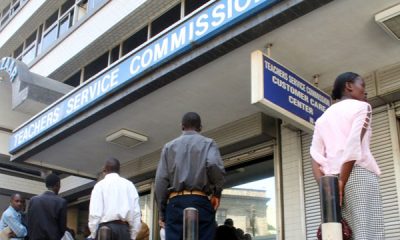
 News2 weeks ago
News2 weeks agoTSC Announces Major Policy Shift To End Transfer Of Promoted Teachers
-

 News1 week ago
News1 week ago48-Year-Old Woman Who Pushed 25-Year-Old Boyfriend To Death From 14th Floor Kilimani Apartment Arrested
-

 Investigations2 weeks ago
Investigations2 weeks agoKDC Rocked With Fresh Sh500 Million Tender Scam
-

 Grapevine2 weeks ago
Grapevine2 weeks agoMP Anthony Kibagendi Assault and Injures Kisii Man He Accuses Of Sleeping With One Of His Girlfriends
-

 News2 weeks ago
News2 weeks agoKenyan Man Fighting For Russia Killed On The Frontline Of Ukraine



